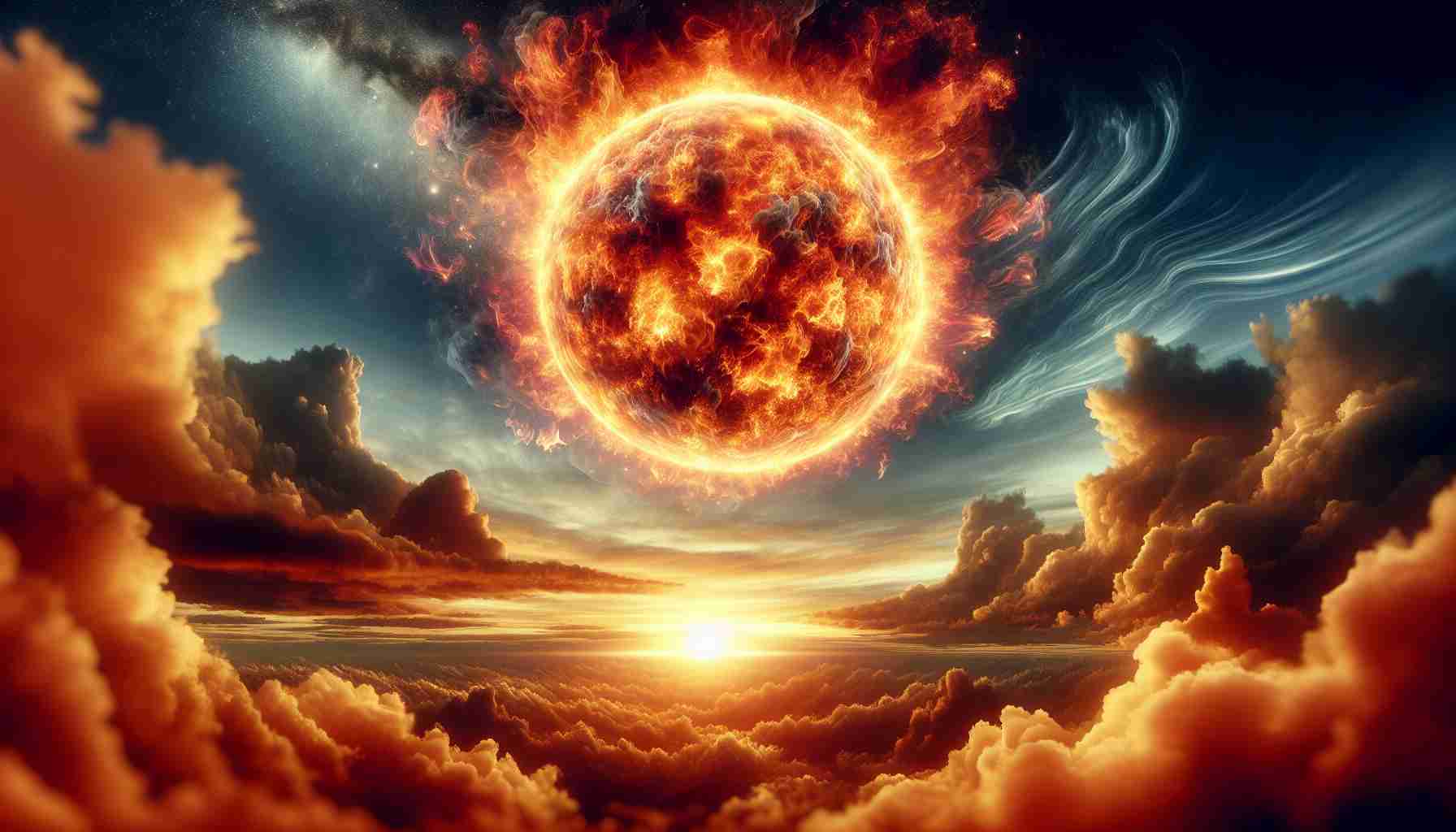Astronomers Uncover Strange Phenomena in Remains of Ancient Supernova
A mysterious celestial event that captured the attention of ancient astronomers over 800 years ago is revealing its enigmatic secrets to modern-day scientists.
At the heart of the ancient supernova’s remnants lies a star like no other, surrounded by delicate, petal-like structures drifting away from it.
Published in the Astrophysical Journal Letters, the findings shed light on a cosmic mystery that has intrigued researchers since the event was first observed in 1181 by Chinese and Japanese stargazers, who referred to it as the “guest star”.
The remnants of this celestial spectacle, discovered only recently in 2013 and confirmed as the source of the 1181 supernova in 2021, have been meticulously examined using cutting-edge technology.
By utilizing the advanced Keck Cosmic Web Imager atop the Mauna Kea volcano, scientists constructed a detailed 3D map of the remnants and calculated the speed at which particles were dispersing from the explosion site – a staggering 1,000km per second.
Lead author Tim Cunningham remarks, “The material ejected from the explosion has maintained a constant velocity over centuries, providing crucial insights into the ancient supernova event.”
Moreover, the study unveiled the startling revelation of a surviving white dwarf at the center of the explosion, defying conventional supernova physics and posing new questions for astronomers to explore in the ever-evolving realm of astrophysics.
Astronomers Uncover New Clues in Ancient Supernova Remains
In a groundbreaking discovery building upon the enigmatic remnants of an ancient supernova, astronomers have uncovered further peculiar phenomena that challenge existing understanding of stellar explosions and cosmic evolution.
One of the key questions arising from this study is the nature of the petal-like structures surrounding the central star within the remnants. What processes led to the formation of these delicate features, and what role do they play in the aftermath of the supernova event?
Another intriguing aspect brought to light by the latest research is the possible connection between the surviving white dwarf at the center of the explosion and the peculiar structures observed. How has this white dwarf managed to persist amidst the chaos of a supernova, and what implications does its presence hold for our understanding of stellar life cycles?
Furthermore, the discovery of unexpected elements within the remnants raises the fundamental question of the origin and composition of these materials. What mechanisms could have generated such exotic elements, and how do they contribute to the overall dynamics of the ancient supernova explosion?
Despite the wealth of knowledge gained from this study, several key challenges and controversies remain unresolved. The identification of the surviving white dwarf defies conventional supernova models, prompting a reevaluation of existing theories on stellar evolution and post-explosion phenomena. Scientists are now tasked with reconciling this anomaly with established astrophysical frameworks to refine our understanding of the universe’s intricate workings.
Advantages of these new findings include the unprecedented insights they offer into the dynamics and aftermath of ancient supernovae, paving the way for future advancements in theoretical astrophysics and observational techniques. By unraveling the mysteries concealed within the remnants of long-deceased stars, astronomers can expand their knowledge of the cosmos and gain deeper insights into the processes shaping the vast expanse of space.
On the other hand, the complexities introduced by the discovery of the surviving white dwarf and the enigmatic structures present challenges to current astrophysical models, highlighting the need for further research and collaboration within the scientific community to fully grasp the complexities of cosmic phenomena.
For more information on supernovae and celestial mysteries, visit NASA APOD for captivating images and detailed explanations of astronomical phenomena.













